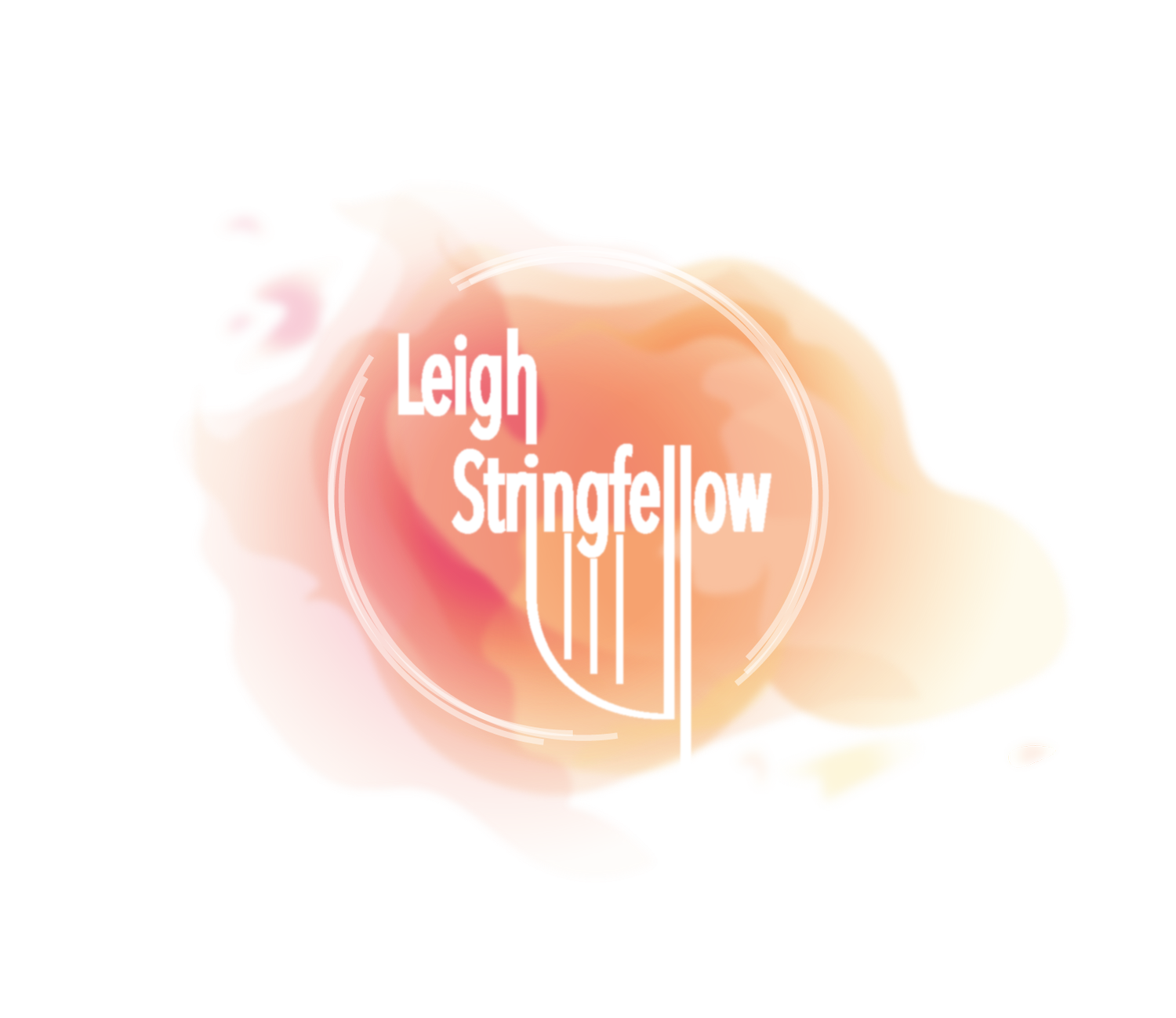Mirage, by Carlos Salzedo (1885-1961)
/Originally published November 10, 2013 on www.GigHarp.com
Preeminent harpist and composer, Carlos Salzedo published Mirage for solo harp in 1921. Salzedo first moved to the United States from France in 1909 and returned to live permanently in 1916. The virtuoso performed extensively throughout the United States and Europe and wrote a substantial number of works for the harp to expand the repertoire. But perhaps Salzedo’s greatest legacy was in the field of pedagogy. Salzedo taught at the Curtis Institute of Music and his harp students went on to become some of the leading professionals of the day. They worked as performers, teachers and composers, helping to establish the harp in the United States.
For his pupils, Salzedo published his own method books, exercises and beautiful etudes. Mirage is also known as “No. II, On Arpeggios” from the Modern Study of the Harp. An arpeggio is a chord whose notes are played sequentially, rather than simultaneously. This is a beautiful technique on the harp and in Italian actually means, “I play the harp!” Also of note, this piece is written with five beats per measure. The meter is intended to sound cyclical. My favorite part of this piece is Salzedo’s use of the pedals. Harps have seven pedals to change keys and create accidentals. In the arpeggio sections, the player plays the same strings each measure for that section. Shifting the pedal at the beginning of each beat alters the harmony, thereby creating new sounds. What a trick! I feel a bit like a magician shifting the pedals at the base of the harp and listening to the sonorities of each new chord.


